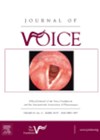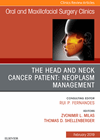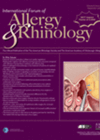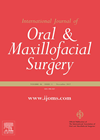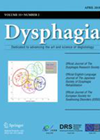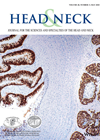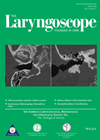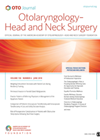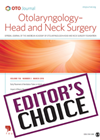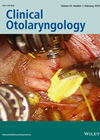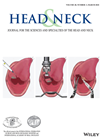
Journal Reviews
Long-term voice outcomes following transoral laser surgery versus radiotherapy for early laryngeal cancers
The oncological outcomes of transoral laser microsurgery (TOLM) for early laryngeal cancers are well-known to be very similar to radiation therapy (RT). The functional outcomes associated with each treatment modality are therefore of significant interest. This study is reported to...
From a dysphagia clinical trial to a multidisciplinary head and neck clinical pathway – the road to implementation
This paper describes the barriers and facilitators to establishing a structured and coordinated multidisciplinary care pathway for patients with head and neck cancer at a medical centre in the USA. The initiative was set in motion by the roll out...
Perioperative management of the head and neck cancer patient
The perioperative care of patients with head and neck cancer is complex and requires significant preoperative planning and patient education. The issues include analgesia, antibiotics, stoma and wound care, general and chest physiotherapy, thromboprophylaxis and nutrition. This article provides a...
Sinonasal undifferentiated carcinoma – slowly getting there
The rarest of the rare, sinonasal tumours form only a small part of the total number of head and neck tumours and undifferentiated carcinoma (SNUC) is one of the rarest of this group. There is some data (and some expert...
Delirium post-op
This is a retrospective study from Japan analysing 102 patients who underwent oral cancer resection and free flap reconstruction. Postoperative delirium occurred in a third of these patients. An increased risk was identified in those with high preoperative albumin, postoperative...
Grading dysphagia as a toxicity in treating head and neck cancer
Common Terminology Criteria for Adverse Events (CTCAE) is a system used by clinicians to grade the toxicity of oncology treatments in a standardised manner. Dysphagia is perhaps the most common long-term toxicity of head and neck cancer treatment. Currently, a...
Measuring the ‘impact’ of preoperative immunonutrition
Using preoperative nutritional supplements as part of ‘enhanced recovery’ in surgical patients is not a new concept. This interesting paper looks at the latest development in optimising patients undergoing head and neck oncological surgery. Immunonutrition (Nestle’s ‘Oral Impact’ in this...
KTP laser ablation for early glottic cancer
TLM for glottic carcinoma has historically been performed with a carbon dioxide (CO2) laser. A much smaller literature base has examined the use of potassium titanyl phosphate (KTP) laser in this context. This retrospective chart review aims to fill that...
What is the prognostic value of lymph node yield and density in head and neck cancer?
Neck dissection in addition to surgery of the primary site is commonly recommended in head and neck cancer treatment. However, there has been no consensus on the number of nodes that need to be removed to constitute a sufficient neck...
What to do with incidental findings on FDG PET/CT?
18F-fluoro-deoxy-glucose positron emission tomography/computed tomography (FDG PET/CT) is commonly used in head and neck cancer staging. This investigation frequently identifies incidental findings unrelated to the index head and neck cancer. To assess the nature of these incidental findings, notes of...
Synchronous bilateral tonsil cancer
There is a long-standing debate regarding either unilateral or bilateral tonsillectomy for histological confirmation of tonsil cancer. Bilateral tonsillectomy is the standard of care in Denmark for proven or suspected tonsil carcinoma, and in the diagnostic work-up of the unknown...
Impact of the updated cancer staging system on HPV-positive disease
The AJCC cancer staging manual was updated in 2017 (8th edition). It is used in the MDT setting for planning treatment and assessing prognosis for individual patients, and is also widely used internationally in clinical trials. Unlike previous iterations of...

